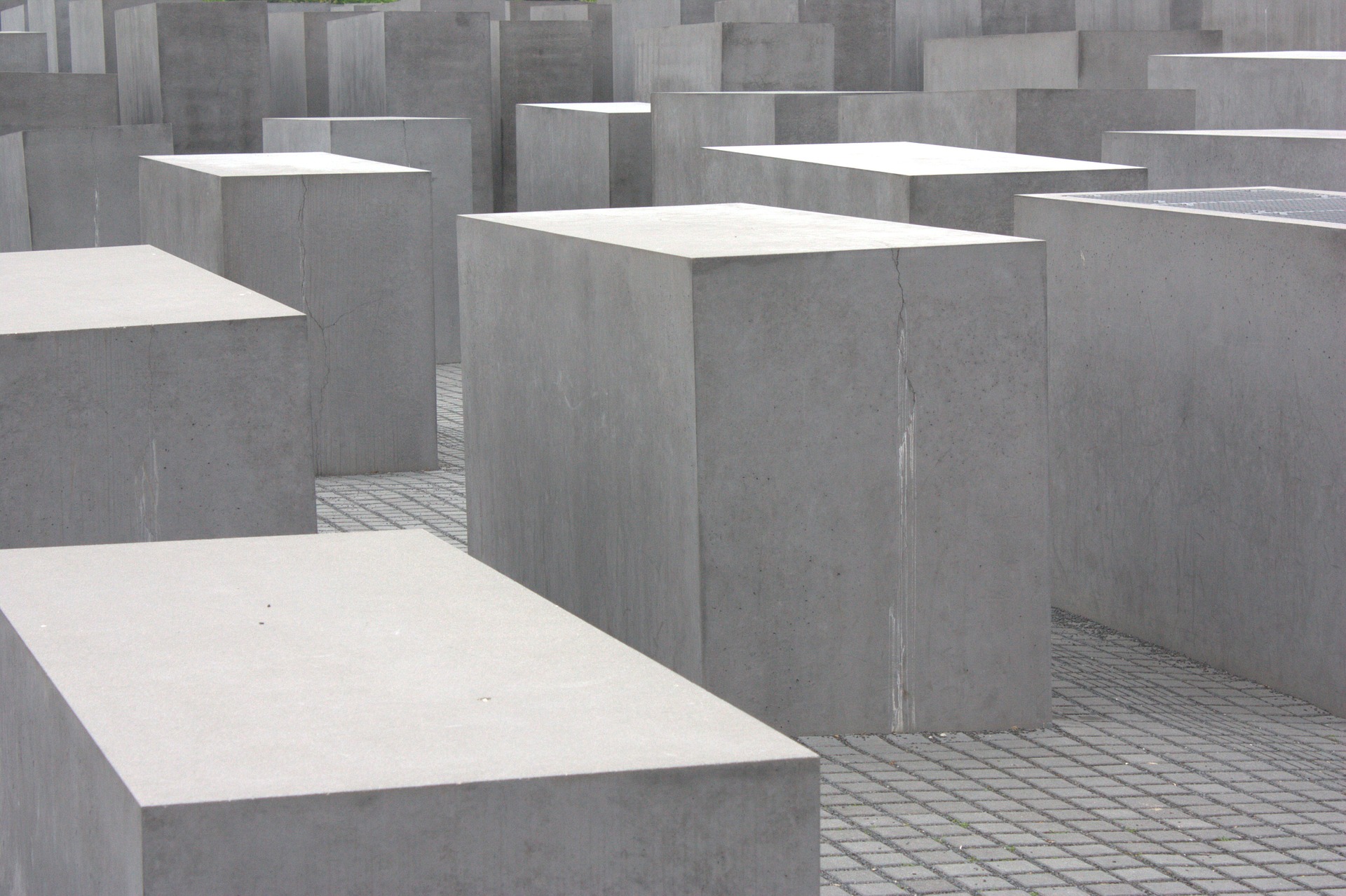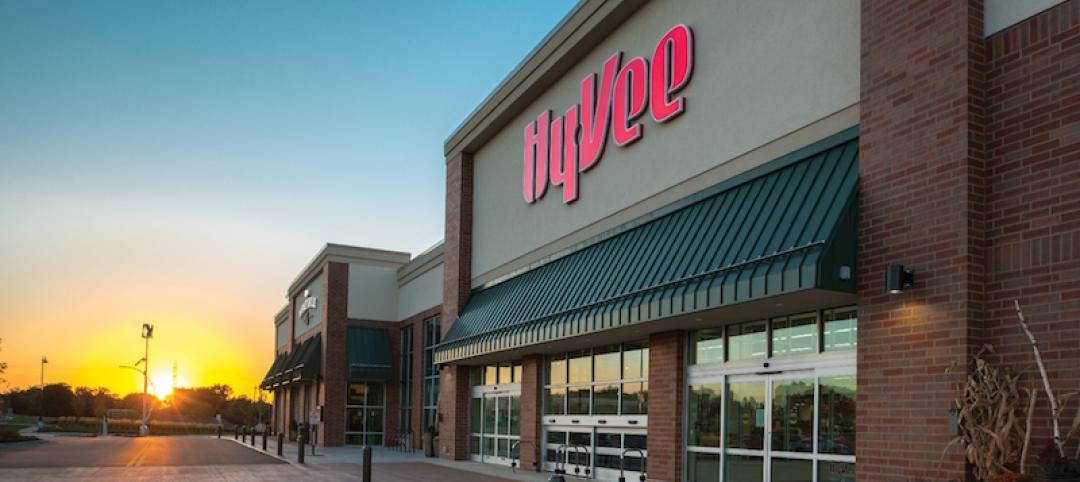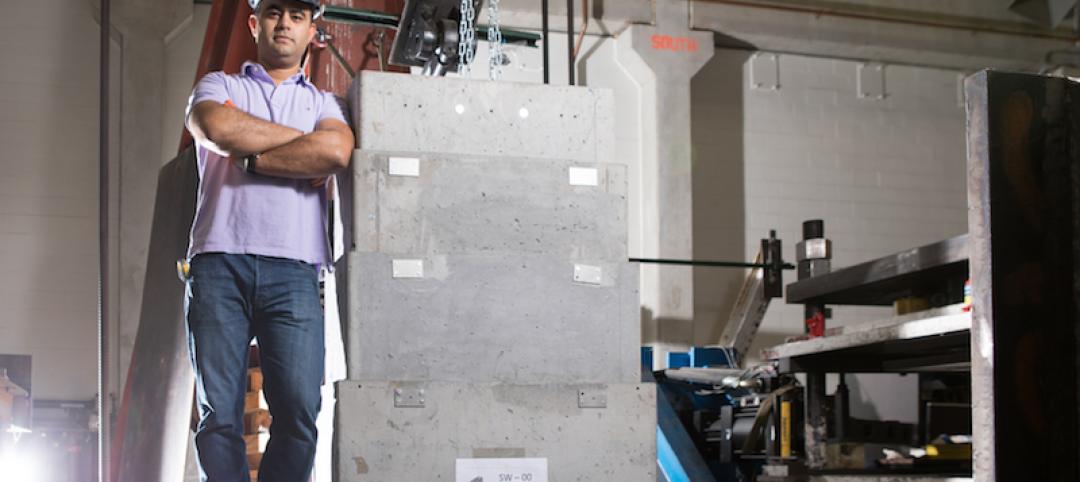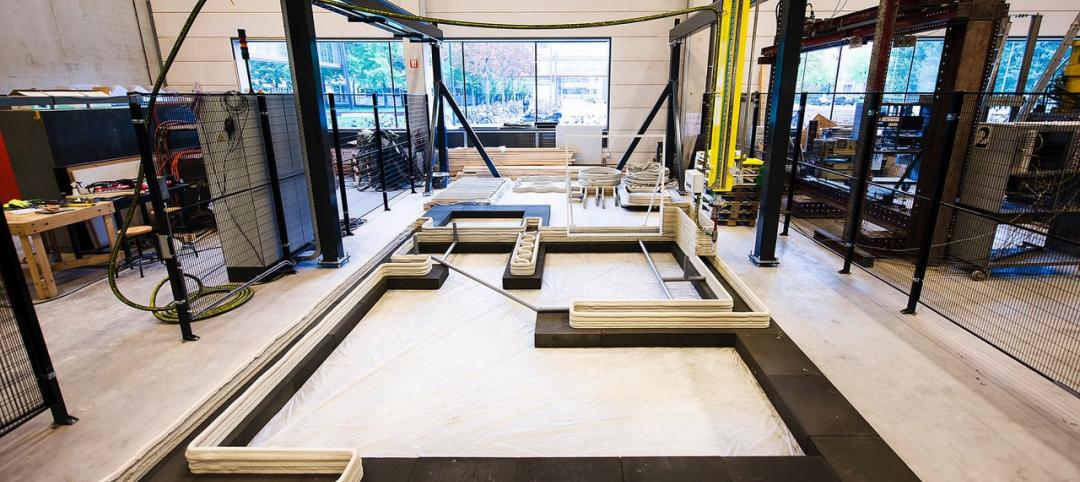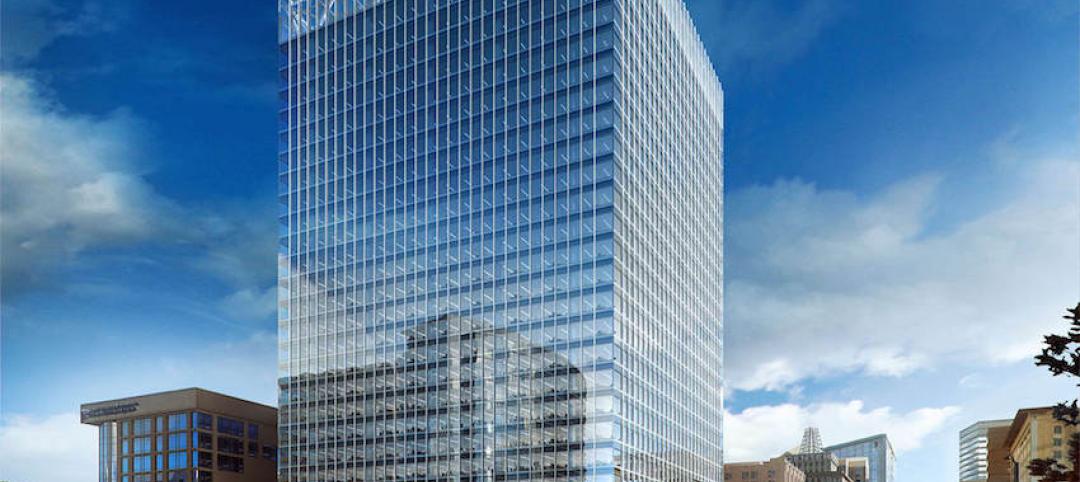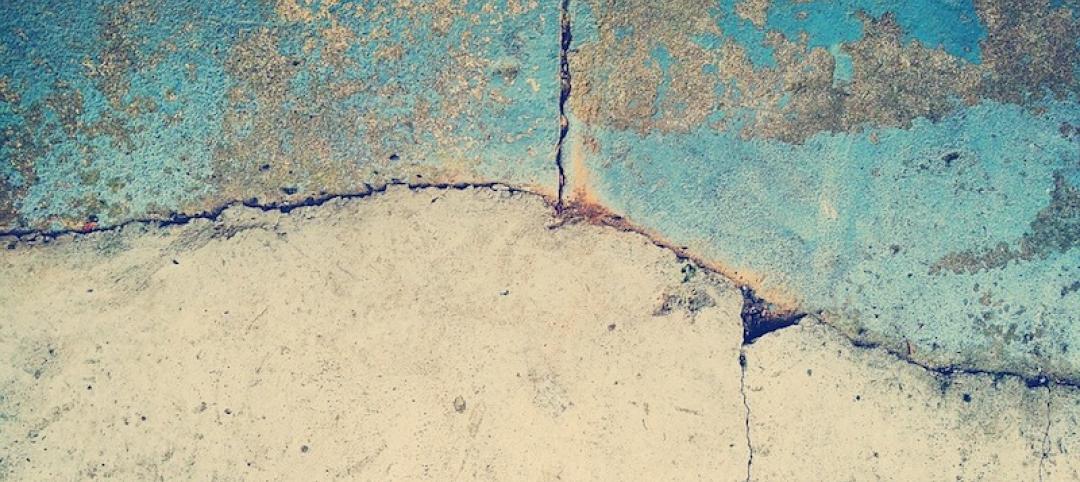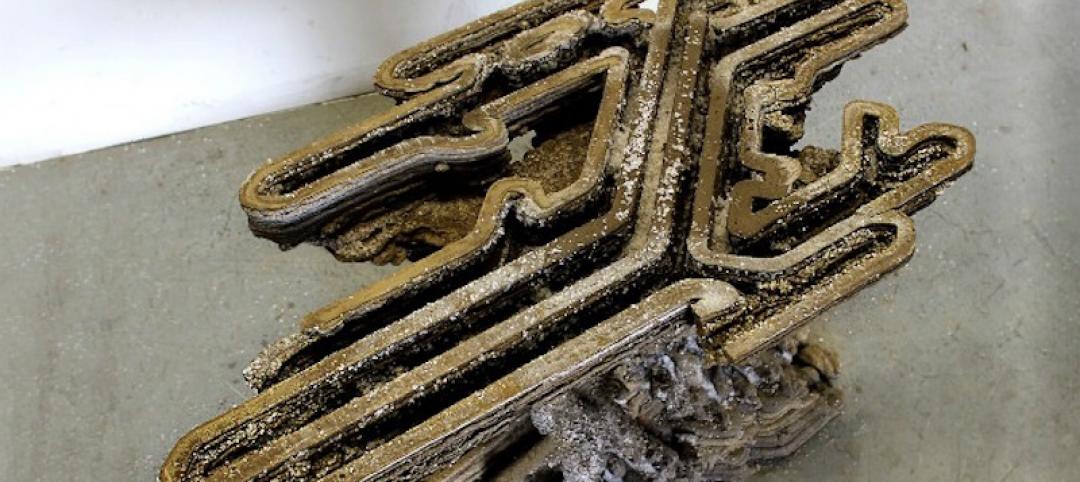Researchers at MIT have developed a concrete mixture that can store electrical energy.
The researchers say the mixture of water, cement, and carbon black could be used for building foundations and street paving. Such structures could act as batteries that store excess energy from wind and solar panels that produce electricity intermittently. In theory, the concrete could be used to create roads that store solar energy and then release it to recharge electric cars wirelessly as they drive.
The technology is still in the development stage, having been tested on a small scale, but researchers are working to scale it up. Researchers have been able to store a little under 300 watt-hours per cubic meter, an amount that can power a 10-watt LED lightbulb for 30 hours. When scaled up to a foundation with 1,060 to 1,410 cubic feet of concrete, it could meet the daily energy needs of a house, researchers believe.
The concrete batteries discharge power quickly and are not ideal for steady output. Researchers are modifying the mixture to address this problem.
Related Stories
| Jun 13, 2017
Accelerate Live! talk: Next-gen materials for the built environment, Blaine Brownell, Transmaterial
Architect and materials guru Blaine Brownell reveals emerging trends and applications that are transforming the technological capacity, environmental performance, and design potential of architecture.
| Jun 13, 2017
Accelerate Live! talk: A case for Big Data in construction, Graham Cranston, Simpson Gumpertz & Heger
Graham Cranston shares SGH’s efforts to take hold of its project data using mathematical optimization techniques and information-rich interactive visual graphics.
Sponsored | Concrete | May 31, 2017
Fabcon helps bring new life to brownfield sites
With brownsites, the real trouble lies in the unseen: namely the hazardous substances, pollutants or contaminants that remain in the soil.
Sponsored | Concrete | Apr 4, 2017
Fueling a grocer's rapid expansion
Fabcon has worked closely with Hy-Vee’s architects and designers to produce a custom finish for their precast panels.
Concrete Technology | Dec 5, 2016
Telescopic walls could help combat the damages of floodwaters
The project is currently under development by a Ph.D. candidate at the University of Buffalo.
3D Printing | Jun 14, 2016
By 2021, 3D concrete printing is projected to be a $56.4 million industry
The 3D concrete printing industry is expected to more than double in size within the next five years.
Building Materials | Jun 1, 2016
MIT study: Microscopic structure of natural materials can inspire better concrete
Bones and sea sponges are highly organized at the molecular level, while concrete consists of random composites.
High-rise Construction | Mar 28, 2016
SOM’s Salt Lake City skyscraper uses innovative structural system to suspend itself over a neighboring building
The hat truss-supported office tower was topped off in January, rising 25 stories above the Salt Lake City streets.
Concrete Technology | Jan 27, 2016
New concrete can make roads, sidewalks safer by melting ice and snow
The de-icing concrete uses an electrical current to generate heat to keep roads safer during winter storms.
3D Printing | Jan 25, 2016
Architecture students create new method for 3D printing concrete
The team's Fossilized project allows for structures that are more varied and volumetric than other forms so far achieved.


